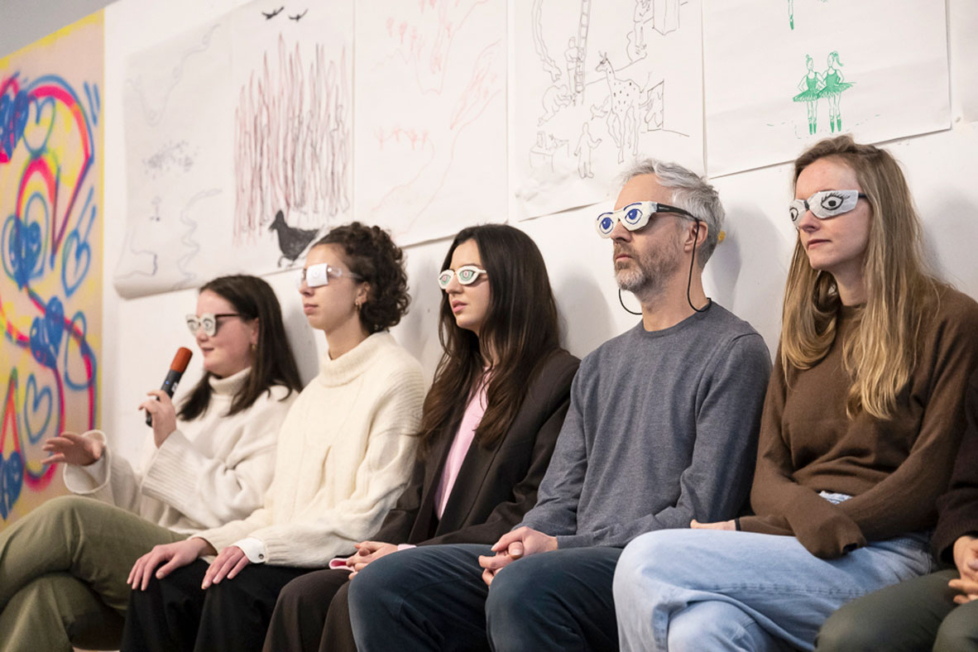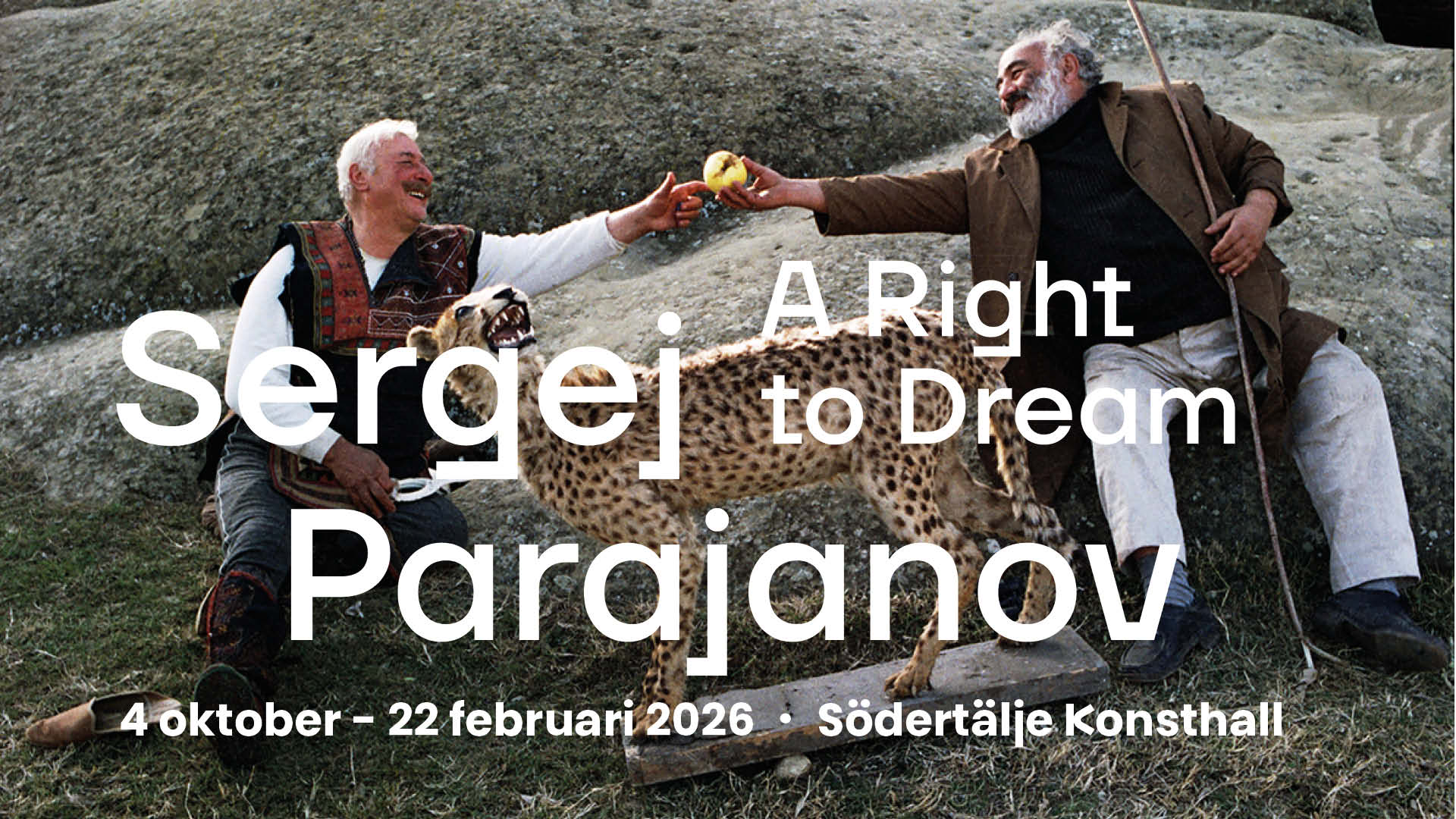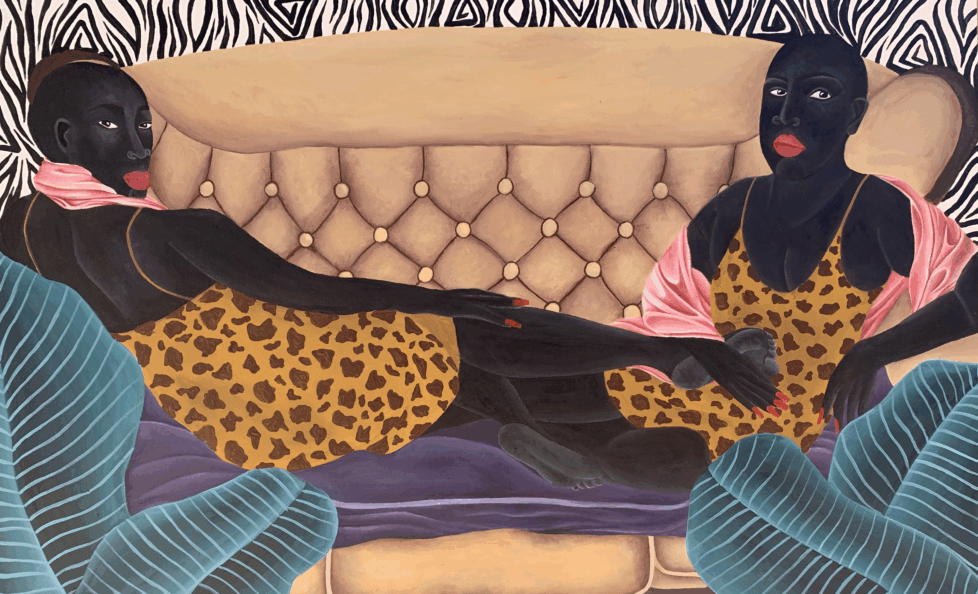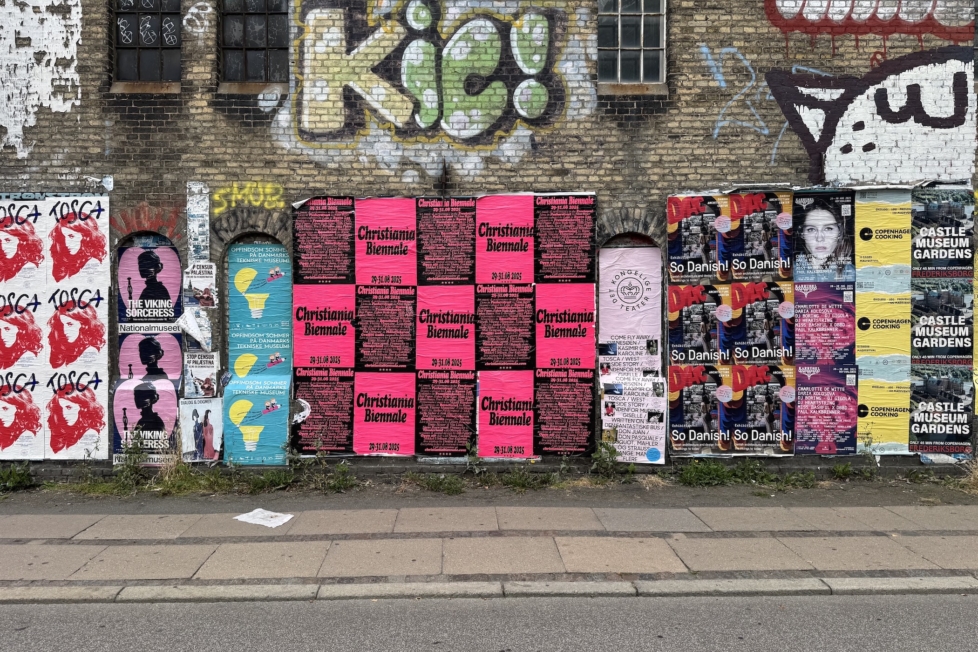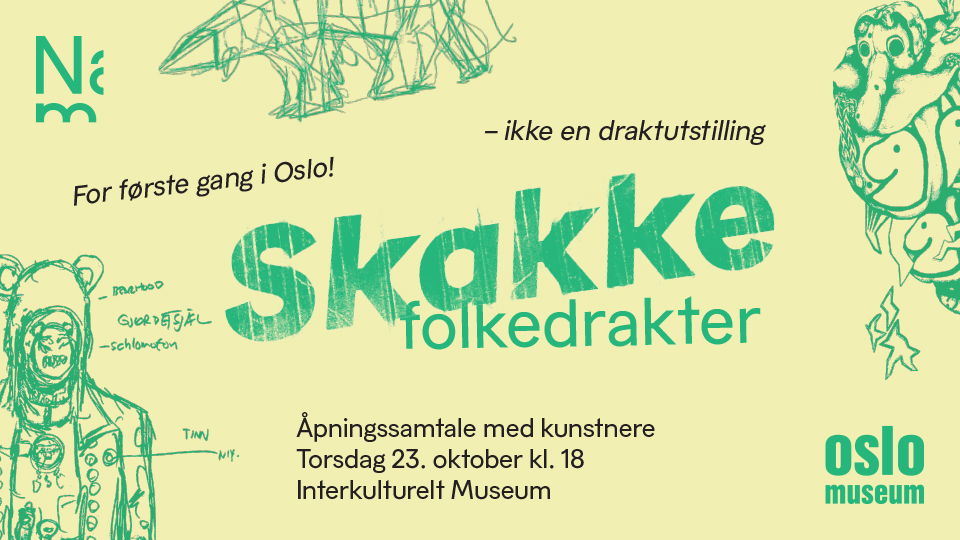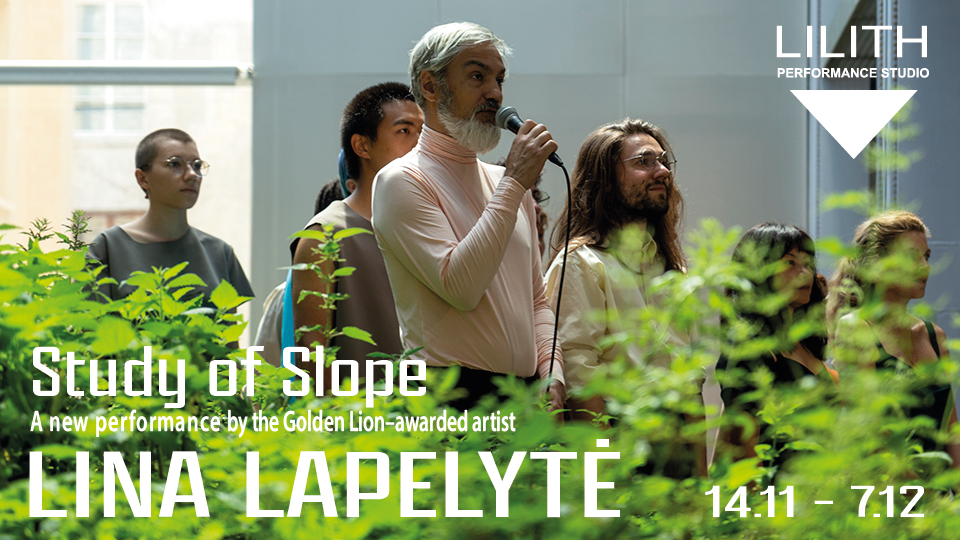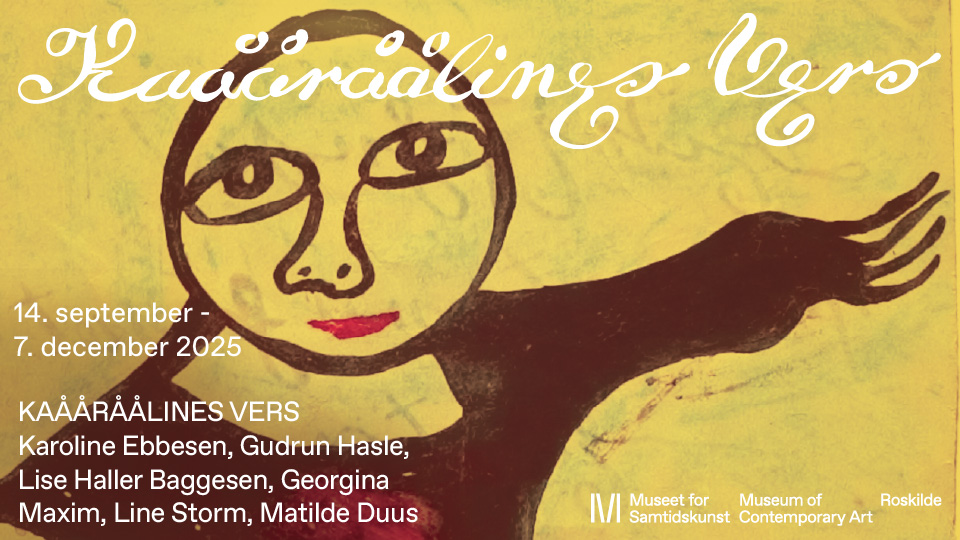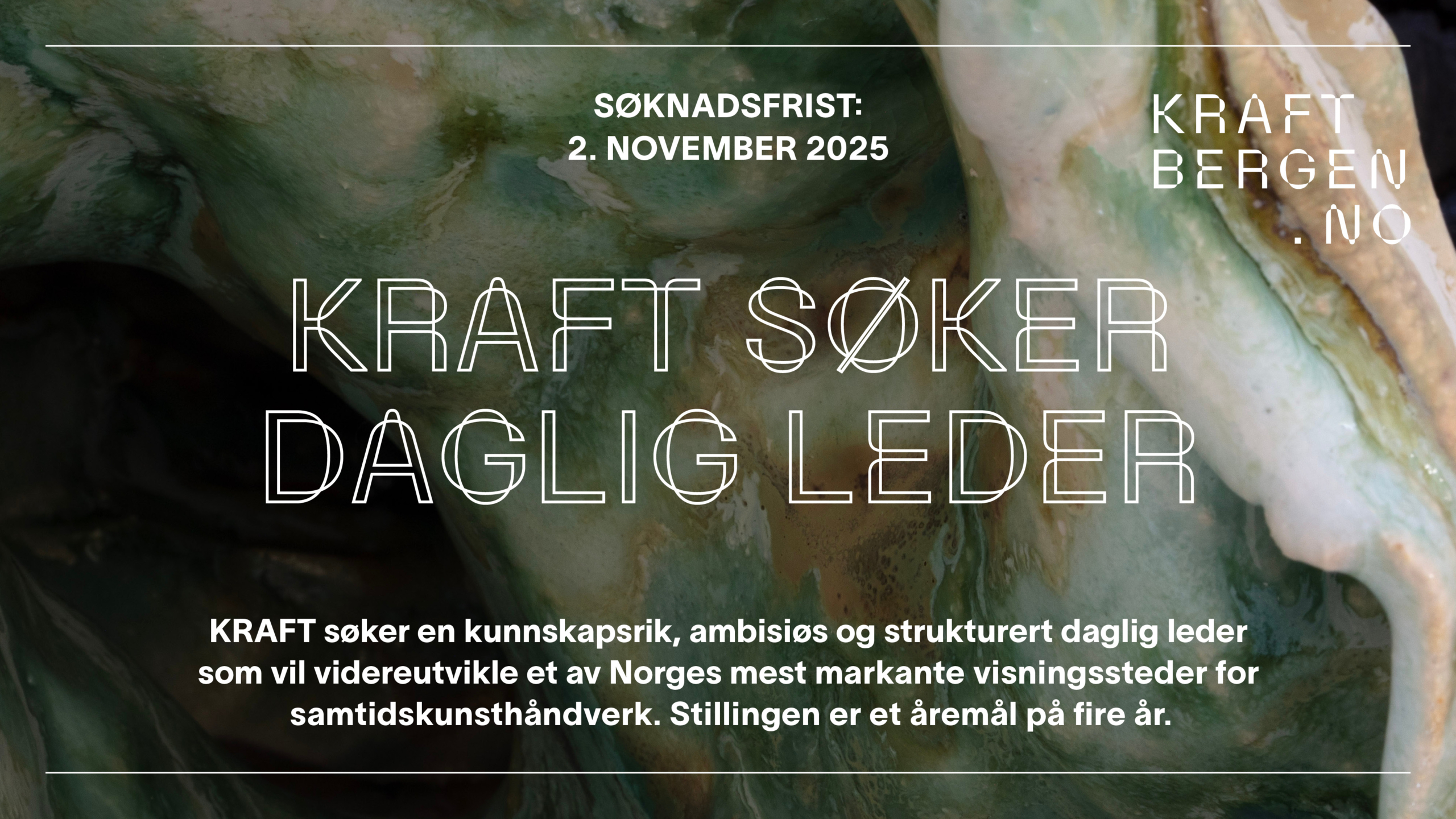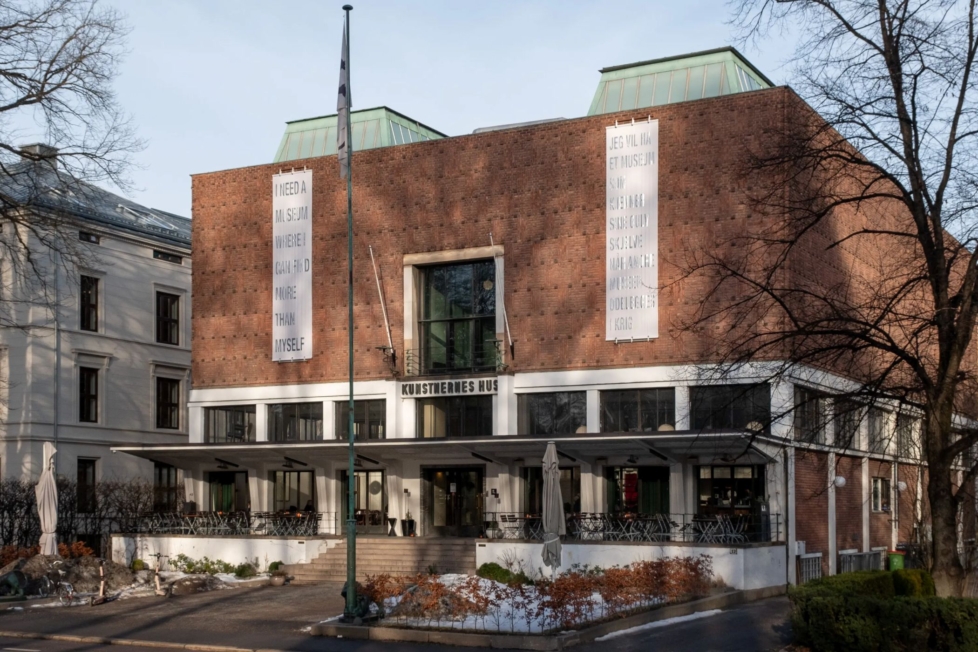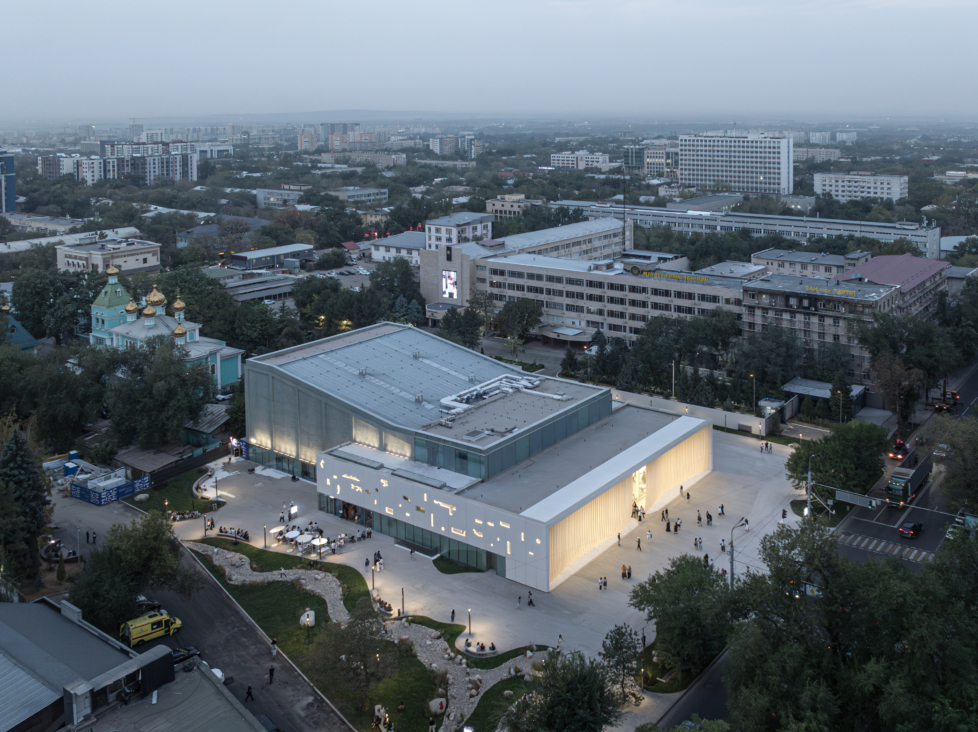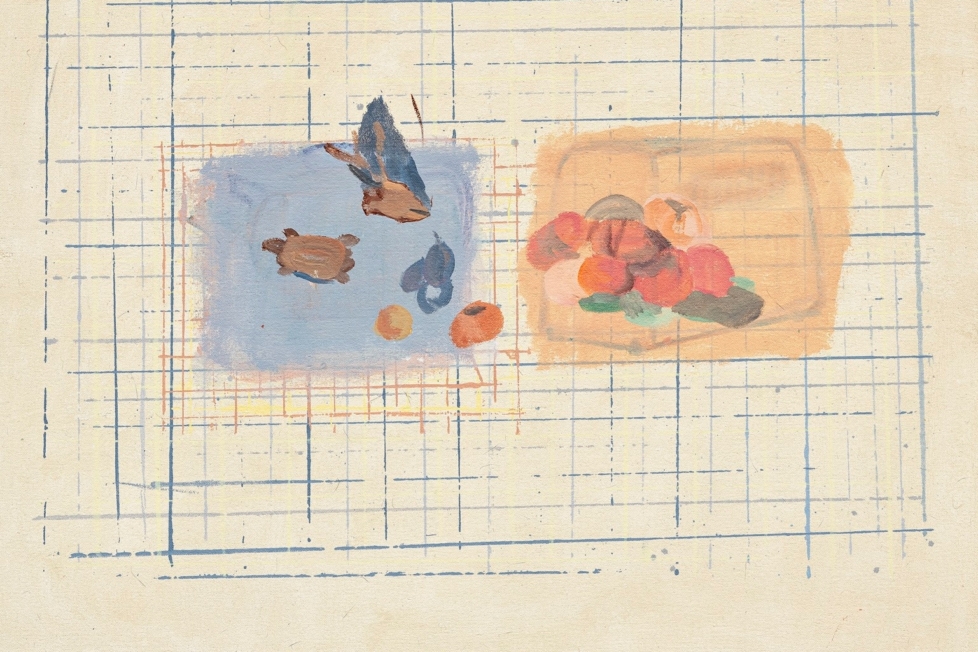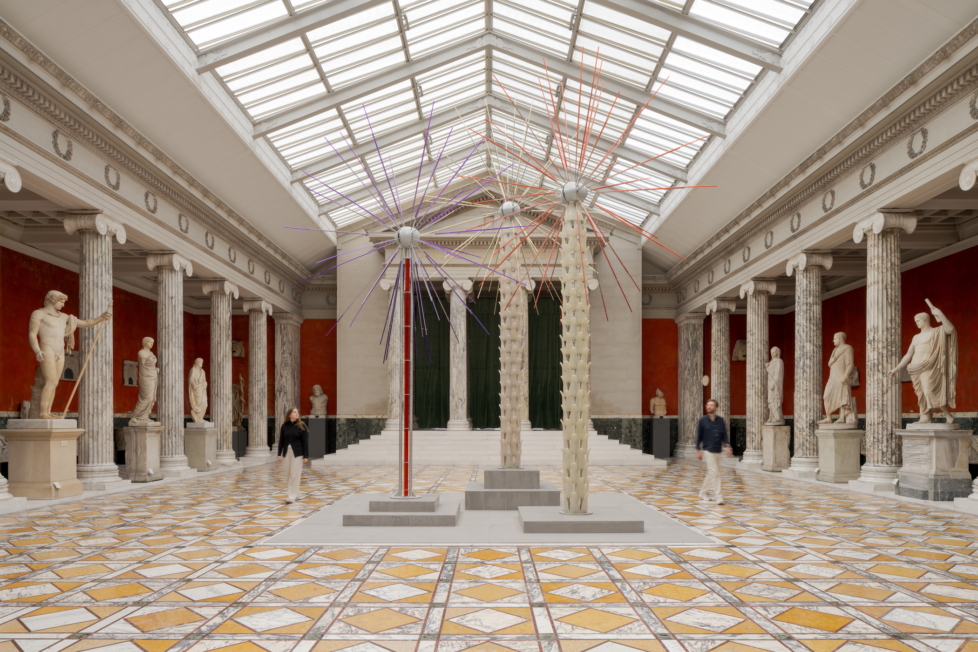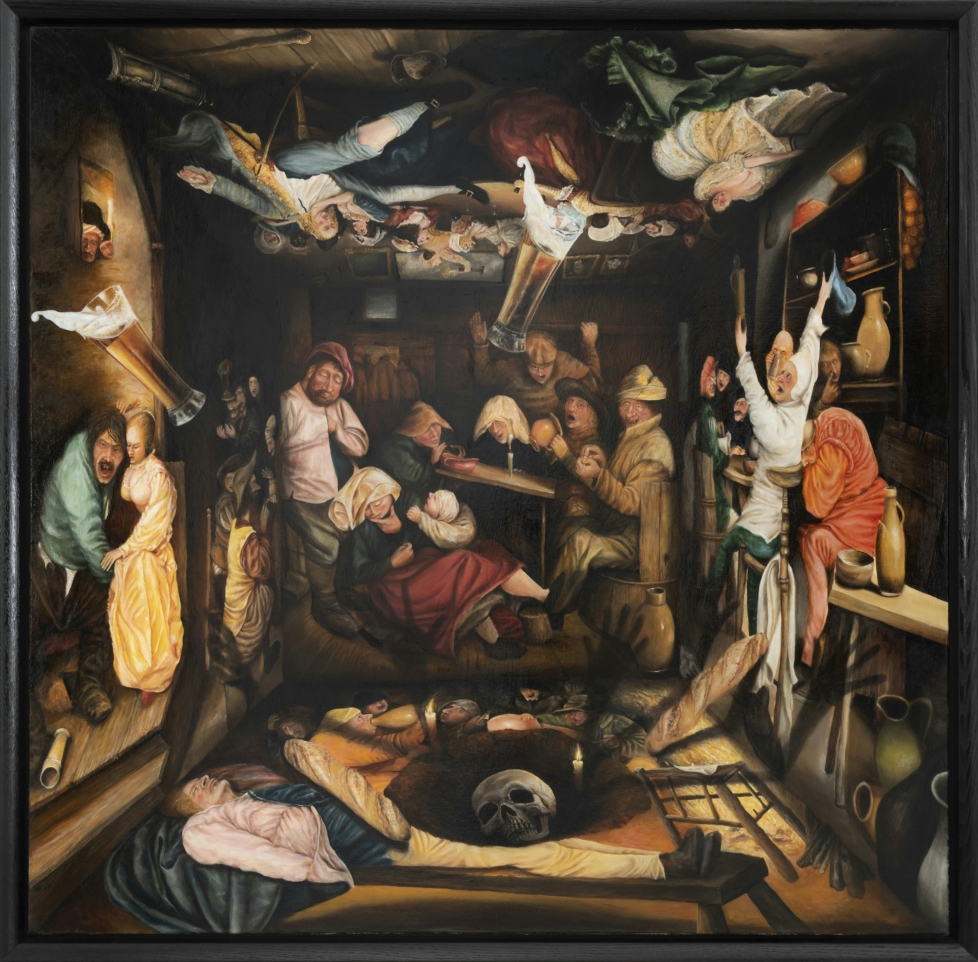
There is always plenty of painting, but this season Norwegian museums and galleries have doubled down. Does it reflect a collective longing for images with human origin and scale, or is it an act of aesthetic hedging in an art field plagued by low institutional confidence? In any case, who better to inaugurate an autumn awash in oil on canvas than Pablo Picasso? Since early August his work has been on view in The Code of Painting at Trondheim’s newly opened museum Posten Moderne, with late-career portraits from what the museum calls “an intense and innovative period in which he created at a furious pace and challenged everything we thought we knew about painting.” Some of these works were sparked by things he saw on television, their nonchalant gestures anticipating the degradation of the image this medium announced.
Munan Øvrelid, first out at Galleri Haaken in Oslo, also engages painting’s dialogue with new media, though his technically exacting, old-masterly figuration is anything but restless. Art-historical quotations are stitched into clever amalgamations of two- and three-dimensional space. This recycling and re-perspectivising of inherited material implies that visual content is in oversupply, and that art’s task is to organize it. A similar taste for intricate citations of art from earlier periods marks Marius Engh, currently occupying Oslo Kunstforening with his exhibition The Sign of Four, where the pedestal serves as a conceptual pivot.
A historical resonance also pervades the sensitive depictions of rural and urban milieus in Haugar Kunstmuseum’s exhibition of Frits Thaulow (1848–1906), opening at the end of September. Thaulow was a proponent of Naturalism and was central in establishing plein-air painting as a genre in the Nordic countries at the end of the 19th century. He was also among the initiators of Kunstnernes Hus, another venue that has gotten itself tangled up with a bit of ‘old painting’ this autumn. A posthumous presentation of works by the late Stian Grøgaard (1956–2021), former professor in theory at the Oslo Academy, will be on view from early November. The exhibition is named after Grøgaard’s grandmother Pauline – a recurring motif in his work, alongside studies of figures from art history – and is curated in collaboration with Matias Faldbakken. In November, follows Stian Ådlandsvik, whose exhibition Die pleite (The bankrupt) “draws on the logic and ethics of bankruptcy estates to open a dialogue with the history and architecture of Kunstnernes Hus.” Also, the duo Helle Siljeholm & Ingri Fiksdal’s exhibition Haunted House, on view from early November, engages the charismatic (and dilapidated) institution’s own history.
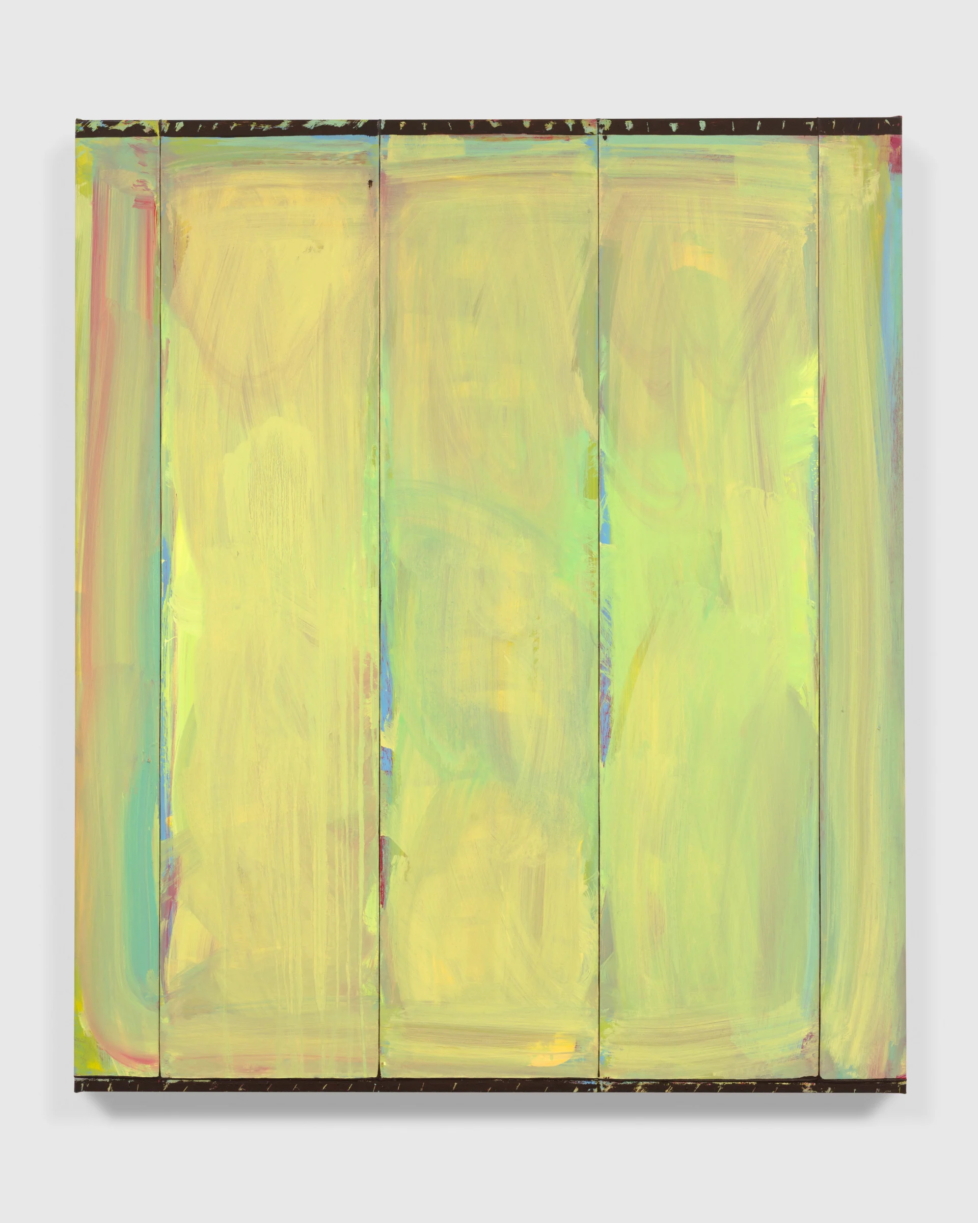
Painting is prominent on Oslo’s gallery scene too. Golsa just announced its closure, but immediately resurrected itself as Eiklid / Rusten, with a duo exhibition of painters Sverre Bjertnæs and Farshad Farzankia, which opened last week. Christian Torp has moved into new premises, and from mid-September shows a painting-heavy group exhibition with the unbeatable title Petting Zoo, featuring Agatha Wara, Calle Segelberg, Karsten Krogh-Hansen, Naeun Kang, and Ray Hegelbech. This will be followed by solo shows with Eirik Sæther in October and Stian Hansen in December. Standard (Oslo)’s exhibition with Julia Rommel – an artist whose ‘structuralist’ canvases are still on view in Astrup Fearnley Museum’s eminent summer exhibition Space Making – opened a couple of weeks ago. Later this autumn, the gallery space will be taken over by the diffuse, subdued figuration of Shikh Sabbir Alam.
Presumably, a delicate figurative streak will also run through exhibitions with Titus Boguslaw at Van Etten in September and Calle Segelberg at BO (The Association of Visual Artists Oslo) in mid-November. Galleri Riis started the season in mid-August with Kristin Nordhøy, a painter whose meticulous geometric Op art inspired by atonal music is as far removed from this repertoire as you could imagine. Other upcoming exhibitors devoted to geometric abstraction include Anders Sletvold Moe, presenting new works at Kunstnerforbundet in mid-October, and Sveinung Rudjord Unneland, who will take over LNM (The Norwegian Painters’ Association) in the latter half of November.
But noteworthy things are also happening beyond the canvas. In early November, Robel Temesgen will line the walls of Nitja in Lillestrøm with goatskin parchment, transforming the space into an imaginary riverbed. In conjunction with this at Guttormsgaards Arkiv in Blaker, he will present (what remains of) the parchment books he submerged in the river Glomma about a year ago. At the same time at Podium in Oslo, the exhibition Useful Work versus Useless Toil, curated by Una Mathiesen Gjerde in collaboration with ENCOOORE in Biarritz, will address something as indisputably current as “work in Europe.”
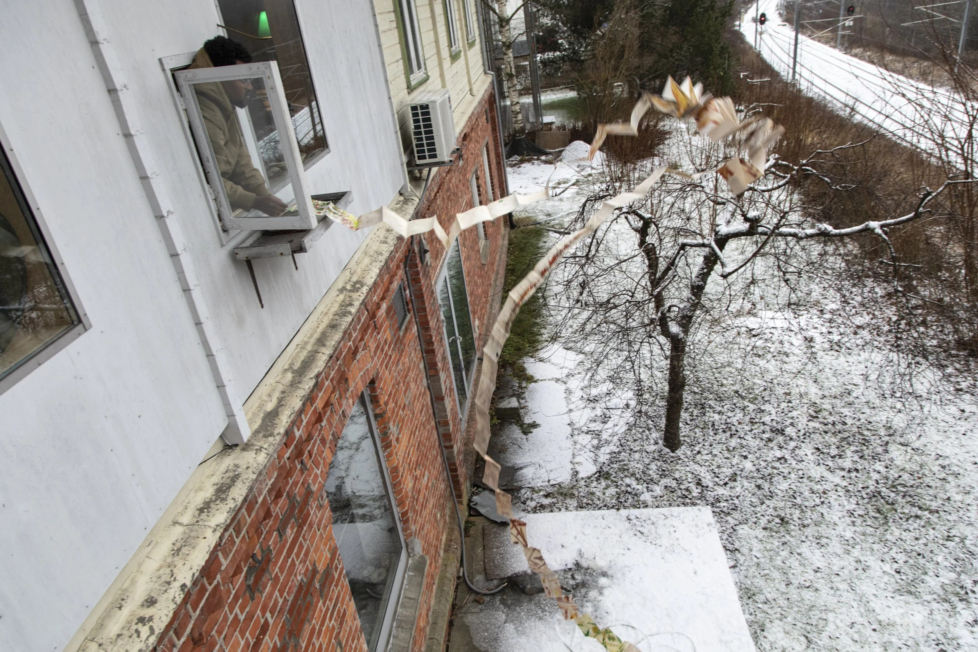
Photography is another medium making its presence felt on the Norwegian art scene this autumn. In early October, Galleri K in Oslo presents the so-called Becher School (or Düsseldorf School), founded during the 1970s by pioneers of German conceptual photography Bernd and Hilla Becher. Alongside the Bechers, the exhibition includes works by Candida Höfer, Axel Hütte, Andreas Gursky, Thomas Ruff, and Thomas Struth. In late October Henie Onstad Art Centre opens of a major retrospective of photographer Tom Sandberg (1953–2014) known for his grainy and restrained black and white images of asphalt, nature, and faces. Around the same time, Galleri Brandstrup opens an exhibition with Dag Alveng, a photographer of the same generation, here with works that “take as their subject the bicentenary of Norwegian emigration to America.”
Lutz Bacher (1943–2019), subject of a major retrospective at the Astrup Fearnley Museum opening in late September, also had roots in photography, though she is better known for a defiant appropriation practice drawing equally on American media and entertainment culture and on lived experience. Another promising idiosyncratic entry on the calendar is an exhibition opening in late October at the aforementioned Van Etten. Here, artist Sara Korshøj Christensen, in collaboration with curator and art historian Werner Linster, will create new works in dialogue with objects from the collection of the Museum der Unerhörten Dinge (Museum of Unheard Things), a fluxus museum in Berlin run by artist and writer Roland Albrecht.
Kunsthall Trondheim has a packed program, but a standout is Céline Mathieu’s exhibition Loan, opening in late October, which is part of “an ongoing investigation into the circulation of thoughts and materials in exhibitions.” Among other things, it offers what the kunsthalle’s website describe as “bespoke comfort objects.” An interest in the material conditions of communication can also be sensed in a sound installation by Hanne Lippard, on view at the same time, which, according to the kunsthalle’s presentation, maps “our translingual, contemporary experience.”
At Kunsthall Stavanger this week, Ebecho Muslimova opens Fatebe Shadows. At the centre of her paintings is a burlesque character she calls Fatebe, who resembles the personification of a painterly practice devoted to comedy and transgression. Stavanger Kunstmuseum opens in late September with a more sombre exhibition by Iraqi American artist Michael Rakowitz, who since 2007 has worked to recreate cultural artefacts destroyed in the wake of the US-led invasion of Iraq, such as a series of reliefs from the ancient Assyrian Northwest Palace in Kalhu.
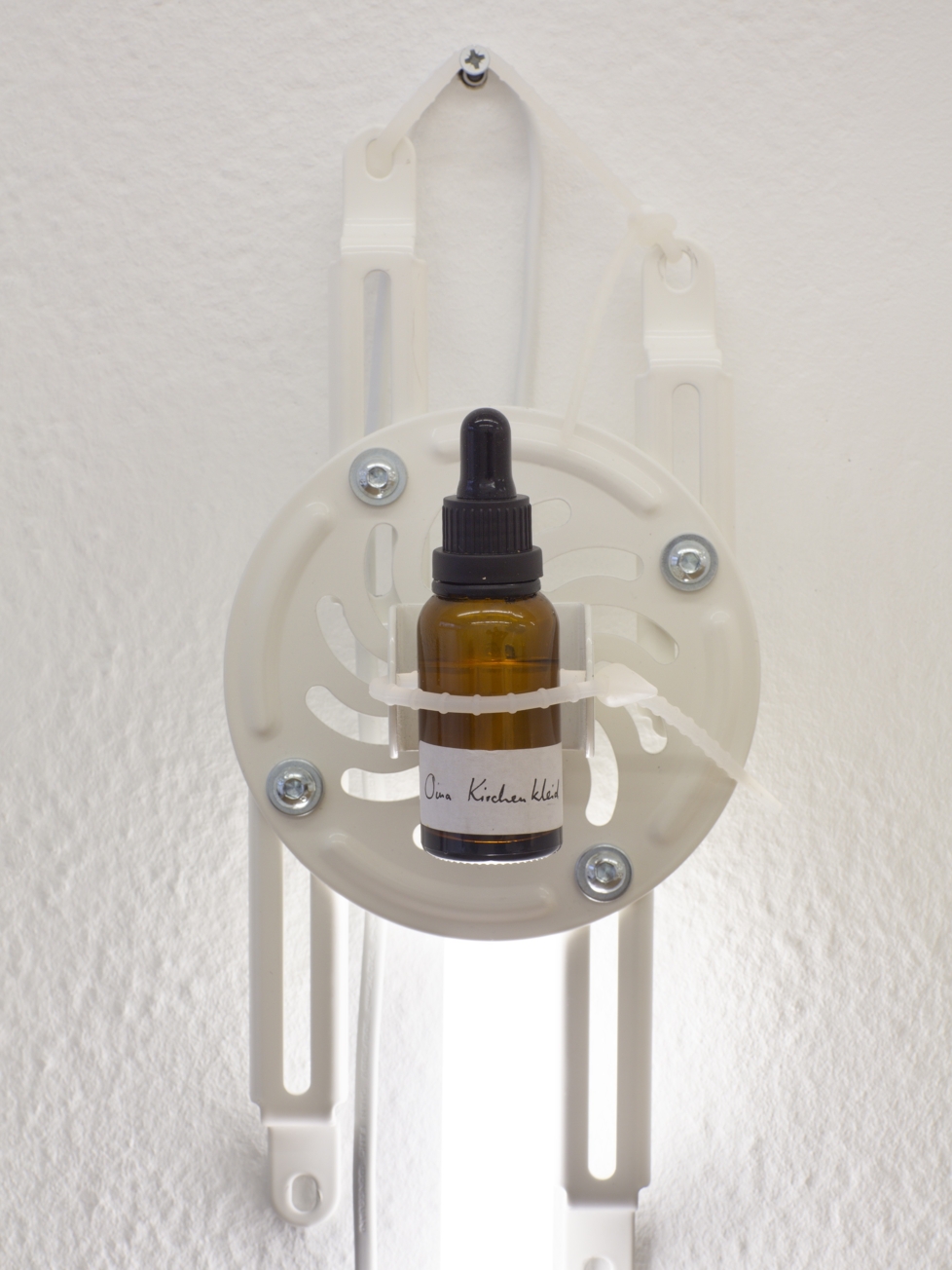
Echoes of war, along with the roar of 250-metre-tall wind turbines, can also be heard in the Munch Museum’s exhibition with Lawrence Abu Hamdan, opening at the same time, which addresses the impact that the establishment of a large wind farm will have on residents of the occupied Golan Heights. Mid-November is time for the second edition of the tech-curious Munch Triennial co-curated by Mariam Elnozahy, director of Konsthall C in Stockholm. Among the artists invited to “open portals to parallel universes, mystical realms, alternative ways of seeing” are Ann Lislegaard, Emilija Škarnulytė, and Sven Påhlsson. In parallel, you can see the second-ever Norwegian artist granted a solo exhibition in the National Museum’s Light Hall, Anawana Haloba. Her Jeg vil si deg noe (I want to tell you something) opens in mid-November and includes a newly made opera based on folk-opera traditions from Zambia, incorporating singing instruments.
Another anticipated event this autumn is the Bergen Assembly triennial, which opens its arms in mid-September and will occupy large swathes of the city’s exhibition spaces in the weeks that follow. This year’s edition, curated by Ravi Agarwal, Adania Shibli, and the Bergen School of Architecture (BAS), intends “to cultivate a series of collective and intimate responses to the paralysing uncertainties and cruelties inflicted in our time.” At the very least, it is a heartwarming ambition.
